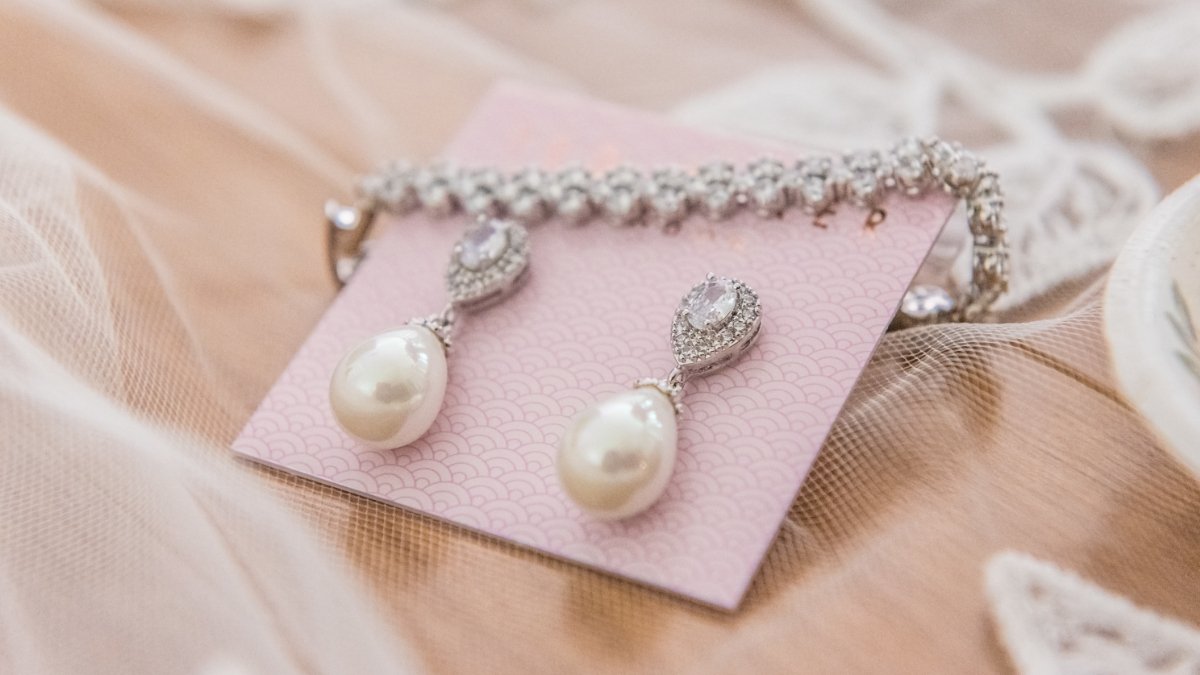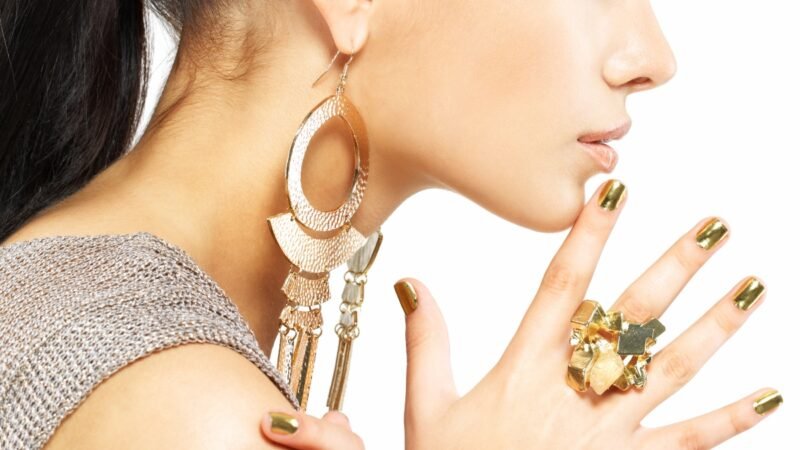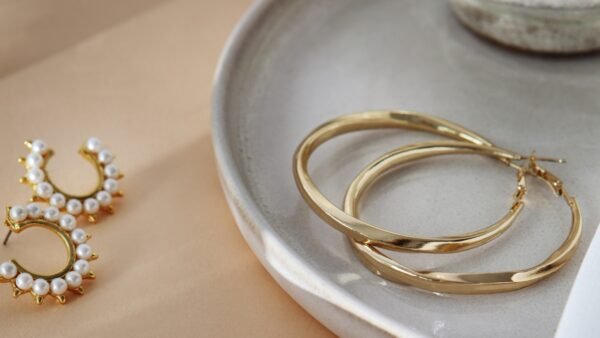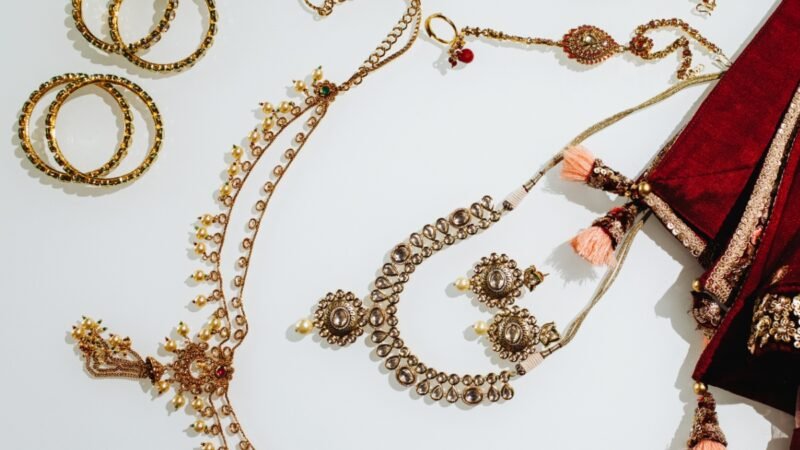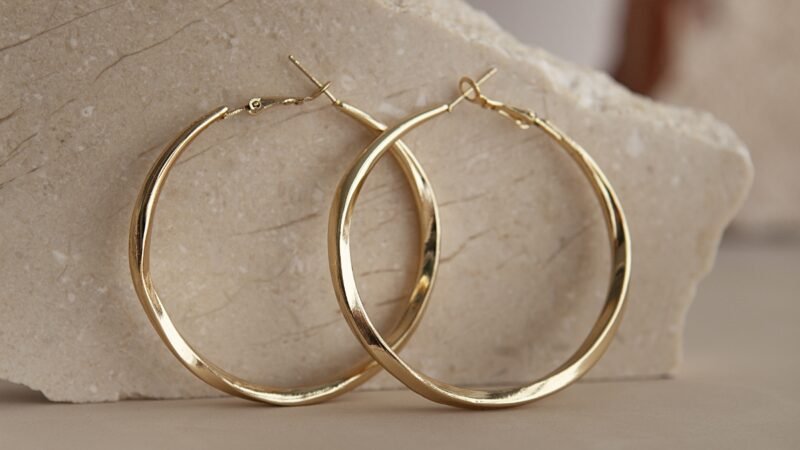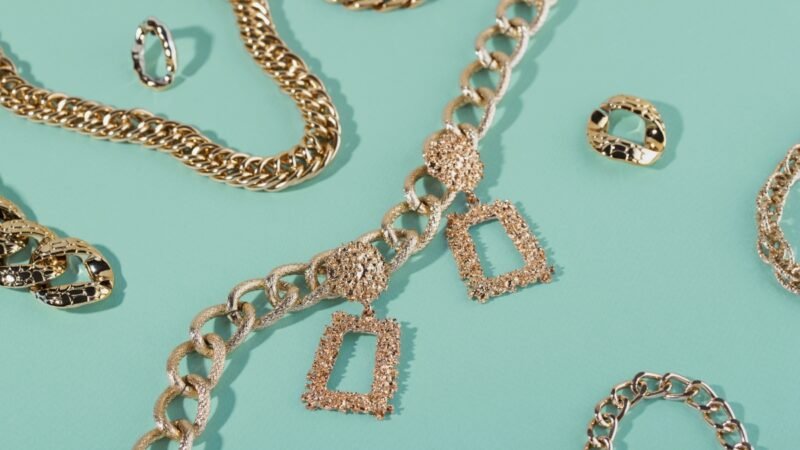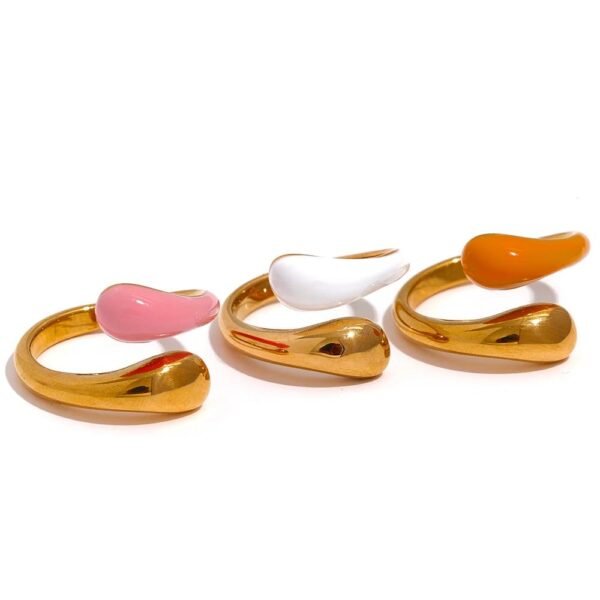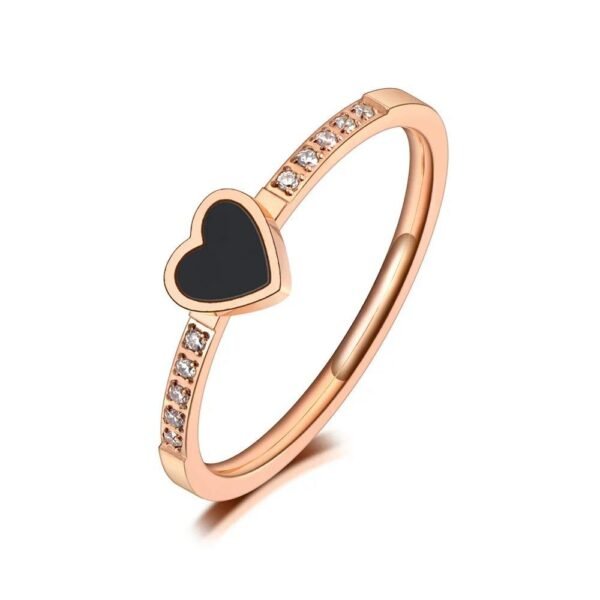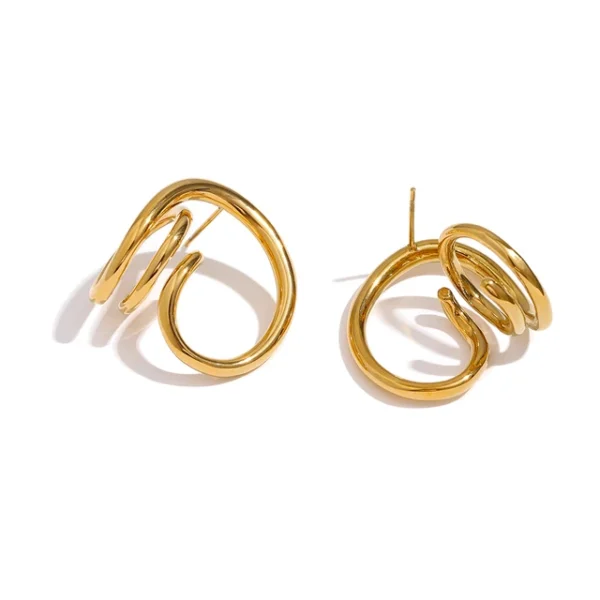Pearls have made a triumphant return to the world of fashion, with multi-colored necklaces and freshwater pearl drop earrings gracing the style scene. As this trend gains momentum, it becomes essential to distinguish between real and imitation pearls, whether acquired through a recent purchase or passed down through generations. While there’s no harm in adorning oneself with imitation jewelry, understanding the authenticity of pearls adds a layer of appreciation. In the quest for clarity, we turn to two jewelry experts for their valuable insights on how to determine if pearls are genuine.
Real Pearls Vs. Fake Pearls
Pearls, a natural gemstone created in the mantle of mollusks like oysters or mussels, possess distinct differences from synthetic counterparts. Stephanie Lawler, Vice President of Merchandising at Signet, highlights the natural and cultured pearl’s formation as a defense mechanism against foreign particles, resulting in unique irregularities. On the other hand, synthetic pearls, crafted from materials such as glass, plastic, or shells, display a smoother, plastic-like texture. To confirm a pearl’s authenticity, Lawler suggests consulting a trusted jeweler for a definitive answer.
Mallory Whitten, M.S. Rau Jewelry Manager, emphasizes that imitation pearls can be fashioned from various materials, including glass or plastic, with plastic being a common choice for its ability to replicate the luster of genuine pearls.
How To Tell If Pearls Are Real
Determining the authenticity of pearls involves several practical tests that can be applied to both newly acquired and inherited pieces.
1. Use the Tooth Test
Gently rub the pearl against your teeth – a grainy texture indicates authenticity, while a smooth surface suggests imitation.
2. Observe Their Shape
Authentic pearls showcase irregularities and ridges due to the natural formation process, making them rarely perfectly round. Synthetic pearls are designed to be uniform and identical.
3. Feel Their Weight
Real pearls tend to be heavier than synthetic ones, offering a tactile clue to their authenticity.
4. Knock Them Together
When real pearls collide, they produce a dull sound, while synthetic pearls emit a hollow sound upon impact, according to Lawler.
5. Check Their Temperature
Real pearls, having a natural cooling effect, adjust in temperature when worn. Synthetic pearls typically maintain a consistent temperature.
6. Rub Them Together
Rubbing two real pearls together results in a fine powder, whereas synthetic pearls do not exhibit this characteristic.
Incorporating these tests into your evaluation process provides a comprehensive approach to distinguishing genuine pearls from their imitations. As pearls continue to grace the forefront of fashion, understanding their authenticity adds an extra layer of sophistication to your jewelry collection.

